Review: Apple iPhone 5s
 Tuesday, September 17, 2013 at 9:01PM
Tuesday, September 17, 2013 at 9:01PM
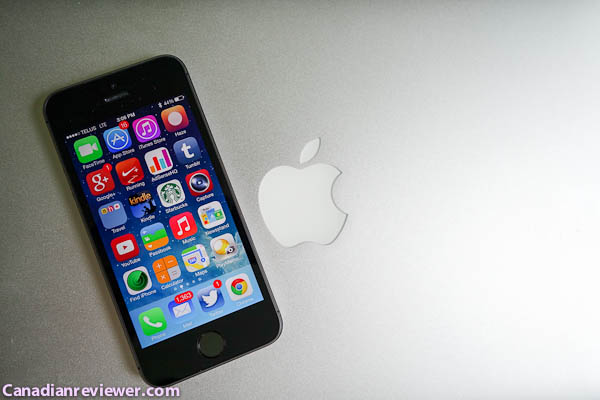 Text and photos by Gadjo Cardenas Sevilla
Text and photos by Gadjo Cardenas Sevilla
Apple propelled the world into the modern smartphone age with the original iPhone in 2007. It has continued to refine and develop the hardware, software and ecosystem into what it is today. The latest model from Apple is the iPhone 5s and aside from a new range of colours and finishes, it boasts a whole new A7 processor, Touch ID fingerprint recognition, an improved camera and a whole new operating system in iOS 7.
It has been six years since the iPhone came to market, and for the first time it finds itself with overwhelming competition at the high-end of the market with Android smartphones that sport increasingly larger screens, faster multi-core processors and more RAM. Still, many of the competitors are searching for the right formula, with their model designs and features changing significantly each year.
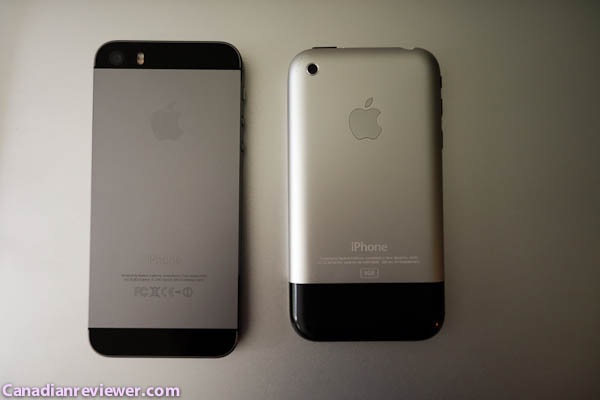
The iPhone may be the most mature handset in the market today because of the thousands of man-hours that have gone into it and the billions of dollars in research and development used to constantly improve one singular product. All the efforts have been concentrated into one device, one ecosystem, and the continuous refinements to the user experience in areas that Apple deems the most important.
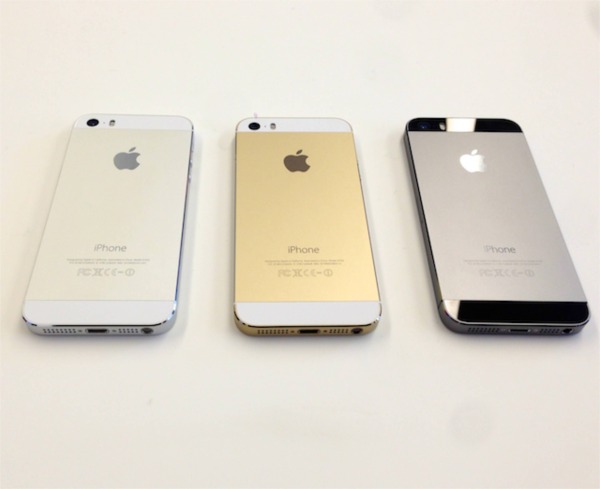
The “s” revisions of iPhone models come every other year and are usually incremental upgrades. Evolutionary, not revolutionary speed bumps, additional megapixels on the camera and one or two ‘gotcha’ features that differentiate the new model from the old. That and the requisite iOS upgrade, brings more features and functionality to the iPhone and eventually prescribes what we can expect for the iPad and iPod Touch.
The iPhone 5s is more than just a mild revision. It features a powerful new processor with twice the performance of the previous version, and while that was sort of expected, the jump to a 64 bit architecture came completely out of nowhere. The Touch ID fingerprint reader is also a big surprise and seems developed enough as a feature to change the game in terms of smartphone security and access control.
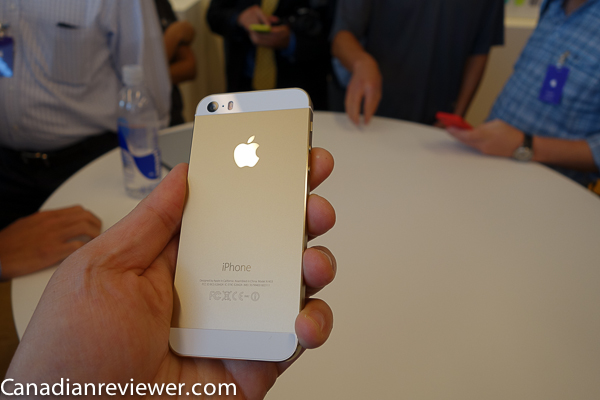
The flagship iPhone 5s takes on the general shape, size and look of the iPhone 5. This is good news for case and accessory makers whose existing products will fit right in to the new iPhone 5s without any problem. I’ve been able to use all my iPhone 5 cases and battery accessories with the iPhone 5s without any issue whatsoever.
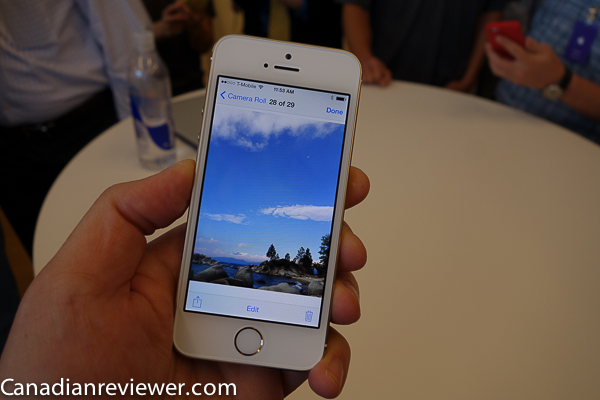
Apple’s gone for more luxurious Gold, Silver and Space Grey finishes to replace the previous version’s white/silver and black/slate.
The Gold colour is really striking and looks like it has been plated with 18k gold. While it may not be for everyone, there’s a certain demographic that equates gold with luxury, status, and fashion and this is the colour for them.
The Silver finish is brighter than last year’s White/Silver model and the Slate Grey is more muted and has a gunmetal look and feel to it which looks and feels like it could wear nicely through time. This is the colour I prefer, since it is muted, elegant, and is easy on the eyes.
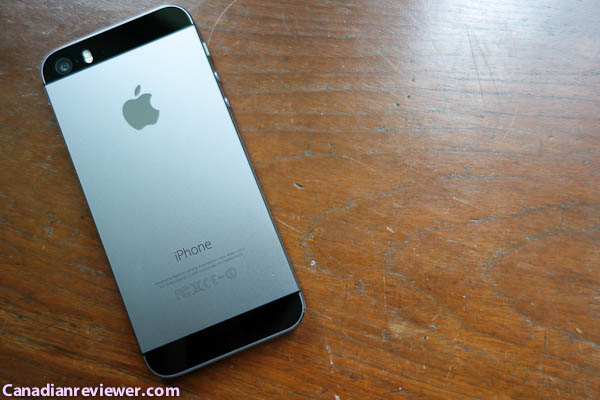
It is interesting to see Apple diversifying its colour selection with its latest iPhones and this is a theme that continues in its iPhone 5c.
Apple designed a whole new A7 processor, which is also the first 64 Bit architecture on any mobile device today. The A7 processor features one billion transistors on a single die and integrated graphics. It offers 2x the CPU and 2x the GPU performance without impacting the battery life. This is somewhat groundbreaking in a number of ways. Apple is the only smartphone maker that designs every aspect of its processor so they can optimize performance to a very fine degree without impacting battery life.
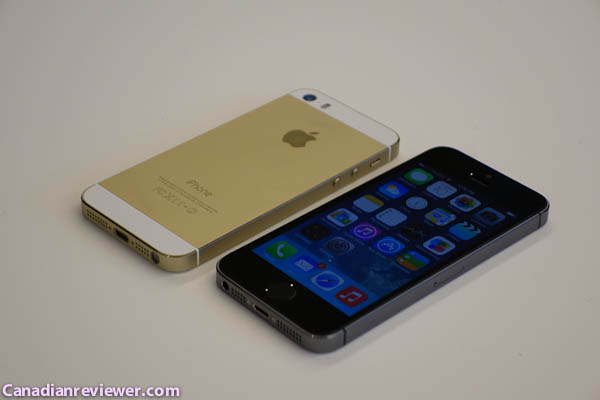
More than just the future of mobile processors, I think the A7 processor is a glimpse of what’s to come to portables like the MacBook Air in the future. We're at a point where mobile has started to dictate the developments coming to notebooks and even desktops.
I pitted the iPhone 5s against an spanking new LG G2 and an HTC One for website speed tests on the Chrome browser running on the same WiFi network and the iPhone 5s blew by the two flagship Android phones significantly loading complex webpages a second or two faster.
Web browsing tests may not be the ideal yardstick for comparing two different devices running different operating systems, but it is something that resonates with most users as a task they carry out on their mobile devices.
Granted, the iPhone 5s has a smaller 4-inch Retina display, both the HTC One (4.7-inches) and the LG G2 (5.2-inches) are running powerful quad core processors with 2GB or RAM, which means they should blow past the iPhone on sheer specs alone, but that wasn't the case. The iPhone 5s just made those two flagship smartphones feel slower.
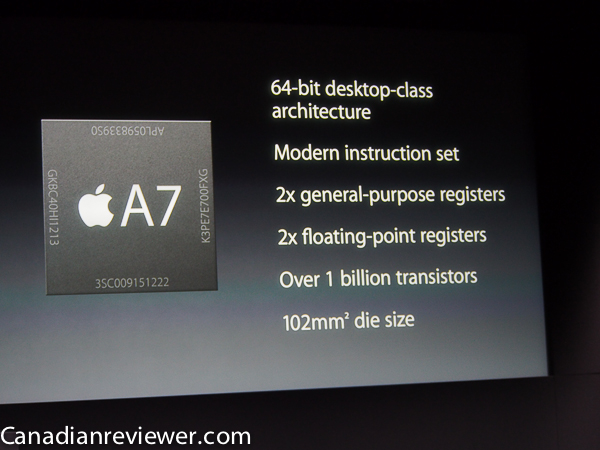
Apple’s tight integration of hardware as well as software and possibly the smaller screen size makes the iPhone 5s feel on par with or faster than most of the smartphones in the market today when running the most common tasks or apps. Just the basic back-and forth navigation on iOS 7, feels zippy and super responsive even with all the transparency effects and floating and fading animations.
Certain applications, like Mail and Safari, also seem much faster because of the new iOS 7 and the fact that Apple’s apps have been rewritten for 64 Bit architecture. Apple says developers will have an easy time tweaking existing apps to make better use of the new architecture.
Time will tell if the jump to a 64 Bit processor will yield anything significant, but right now it just opens up various possibilities for developers. Ditto for the GPU which can now easily render complex 3D graphics as demonstrated by the new Infinity Blade III game.
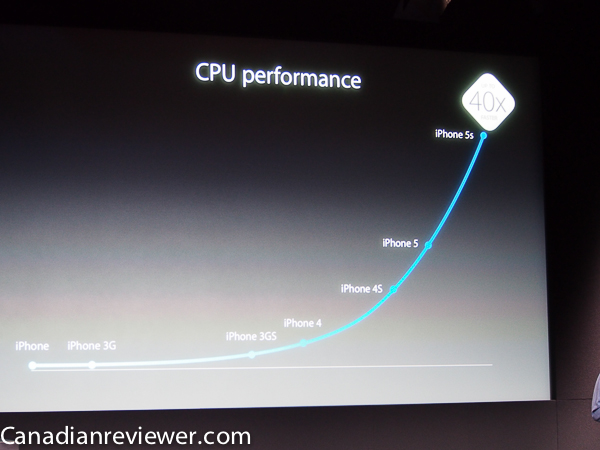
Apple also introduced the new M7 coprocessor, which they say “is designed to make iPhone 5s even more efficient. It offloads work from the A7 chip by collecting motion data from the accelerometer, gyroscope, and compass.”
Apps use this data without constantly engaging the A7 chip. Because M7 is engineered for this specific task, it uses significantly less power than A7 would require. Better for battery life. The M7 coprocessor is interesting as it hints at future products in the wearable technology segment which can make full use of all the sensors.
The iPhone’s camera is recognized as the most used or most popular camera in the market right now, which just happens to be on a phone.
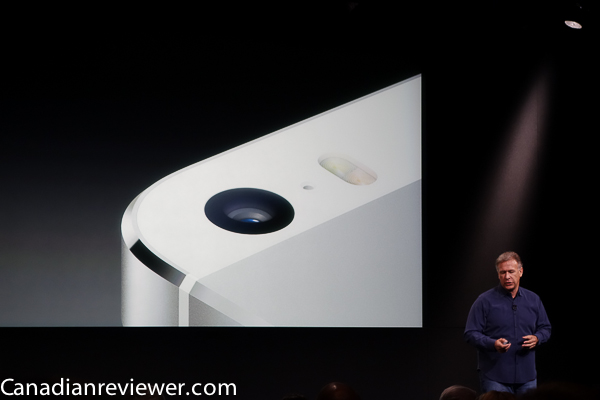
For the iPhone 5s, Apple focused on improving the experience. A new camera app has quick and easy controls for video, slow-motion video, photo, square (for Instagram addicts) as well as panorama settings. With a faster all around camera and blazing picture-to-picture capture speed, the iPhone 5s is one of the fastest image capture devices we've used on a smartphone, or on any camera for that matter.
Photo quality is consistent with past versions, it is easier to toggle HDR and the built-in Flash. Below is a quick sampling of photos taken by the iPhone 5s in various daylight conditions.
The feature that impressed me the most was the new Burst Mode. Simply keep your finger on the shutter button and the iPhone will continue to take photos at around 10 shots per second. This is faster than many of the prosumer DSLR’s I shoot with which seem to top out at around 7 frames per second.
The iPhone 5 was beloved for its quick camera. Press the app icon and you're set to take photos straightaway. With the iPhone 5s, this is even speedier and all the necessary auto-focus, face recognition functions lock in to the subject in mere nanoseconds.
The new 8 megapixel camera hardware and app are the fastest we've tried on any smartphone. Period.
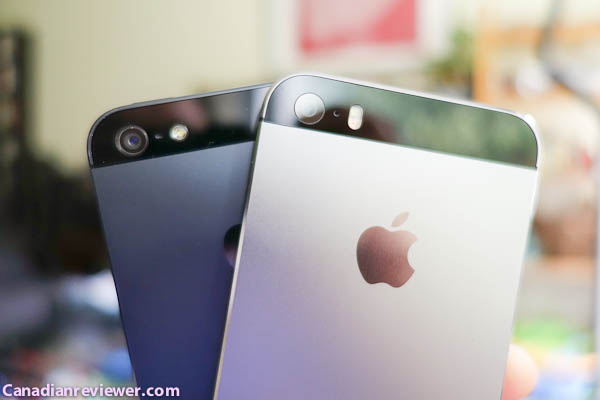
The iPhone 5s doesn’t just fire-off shots quickly, it very instantly searches for the best photo and looks for things like smile detection, focus, anti-blur and white balance. Once it finds a suitable photo, it discards the rest.
In typical Apple fashion, all of this happens automagically, no lag, loading screen or indication that some heavy processing is taking place.
The new iPhone camera sensor is 15 per cent larger and with larger pixels. This all means more information per photo equating better overall range in photography under all conditions. This, and the new image stabilization feature should help ensure better photos overall and fewer duds.
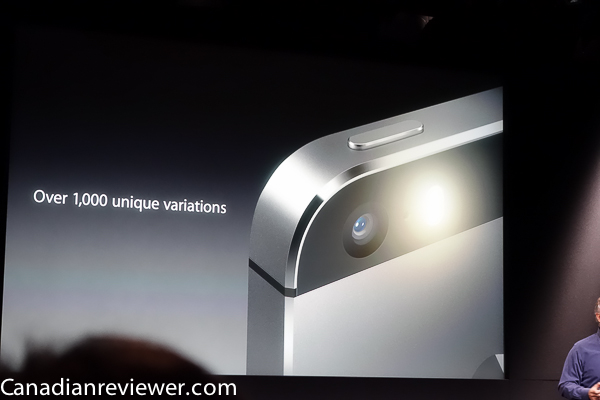
Apple has also added a unique True Tone flash that has amber and white LED’s work in unison to light the subject accurately and new larger camera sensor with bigger pixels to enable improved photo quality and detail in various conditions.
Slow-motion video can also be taken now at 720p resolution. It is easy to shoot and edit the part of the video you want to slow down and the playback happens instantaneously.
Anyone who has slaved over desktop video editing software and had to wait for complex rendering processes to finish in order to get good slow-mo will appreciate just how far we’ve gone with this.
Most of the credit for this speed in capturing and editing photos and videos is all from the A7 processor which has a built-in graphics processor that’s capable of boosting graphics-intensive calculations at twice the speed of the iPhone 5’s A6 processor and faster than most competing smartphones in the market today.
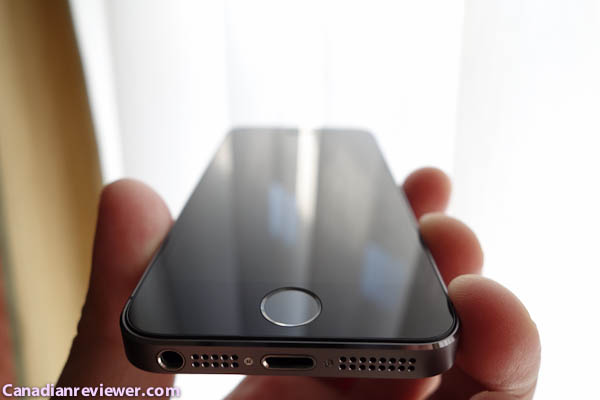
Touch ID is this year’s marquee feature. By integrating fingerprint technology, Apple has made the latest iPhone one of the most secure and securable mobile devices.
There’s a lot of complex technology behind the Touch ID, but most users will realize that it just works and it works very well. Teaching the iPhone 5s to memorize your fingerprint takes about 2-3 minutes of pushing and removing your finger and moving it around to cover an area.
The software guides you through the process and anyone can do it.
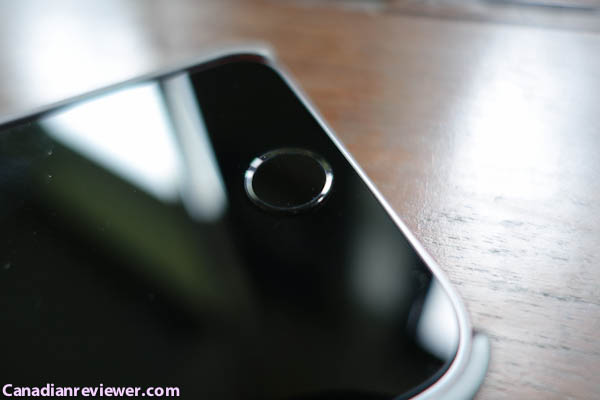
Once memorized, all you need to do to unlock the iPhone is wake it from sleep, press your finger or thumb on the home button (not too hard or else you’ll wake Siri), and the icons for the apps fly in to signify you’ve been authorized.
Touch ID works best with dry and non-oily fingers, and I would suggest registering more than one finger as this makes it easy to unlock the device regardless of which hand you are using.
The potential for Touch ID is huge, specially for enterprise. You can’t yet lock specific apps or processes but you can us the authentication to sign for purchases on Apple’s own iTunes and App stores.
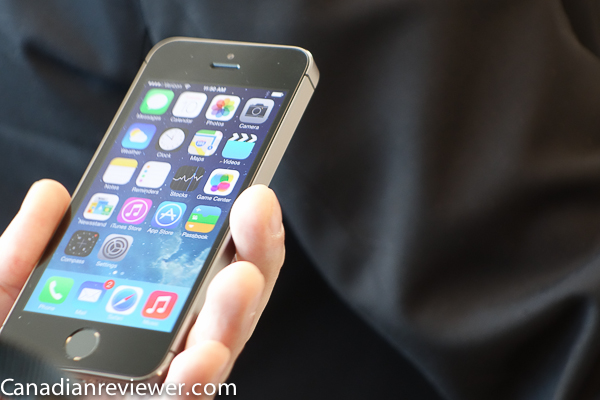
All this horsepower and improved technology doesn’t take that big a bite out of battery life and Apple’s included a larger battery in the iPhone 5s, which is remarkable since it is the same size and weight as last year’s model.
Conclusion
The iPhone 5s and iOS 7 combine to give users one of the most seamless user experiences in mobile today. The iPhone 5s will stand toe-to-toe against any current flagship smartphone and in most cases it will feel like the newer, faster device.
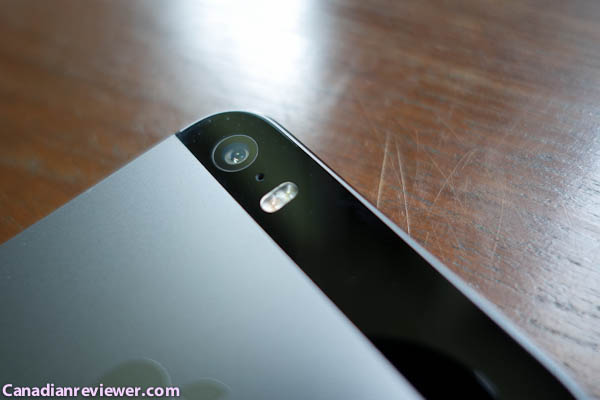
Anyone coming from an iPhone 4S will be vastly surprised by the sheer number of improvements in the OS, the substantial speed bump, the larger screen as well as the superb new camera features and thinner profile.
iPhone 5 owners, especially those who upgrade to iOS 7, might be hard-pressed to upgrade, specially since the 64 Bit A7 processor and Touch ID are nascent technologies which are “forward thinking” but really don’t have much proven benefit outside of Apple’s own applications. Not yet, at least. That will change in time, for sure but it remains to be seen how quickly these are adopted by the world at large.
Those who buy into the iPhone 5s and its ecosystem, however, are assured that the have one of the more future-proof devices in the market today with many features that the competition just has no answer for.
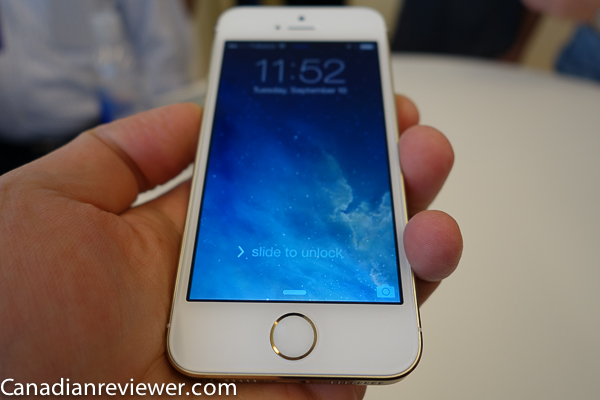
Apple has managed to improve on the key aspects of the iPhone 5 and even pulled off a few engineering feats with a larger battery and more powerful A7 processor plus a new M7 coprocessor while maintaining the iPhone 5s's slim profile.
The camera continues to be one of the best in the business and the new photo app as well as the video slow-motion features and burst mode have pushed mobile photography and video capture to yet another level. The quality of the photos and videos one can create and edit on an iPhone today is simply staggering.
Is all this enough to merit an upgrade? That depends on where you are coming from and what is important to you. iPhone 5 owners are getting a whole new OS tomorrow when iOS 7 is made available for free, so it might make sense for them to hold on to their devices for a while longer.
Anyone coming from Android, Windows Phone or BlackBerry will now be getting the latest operating system running on the latest hardware carefully designed to work together in tandem. That's pretty powerful. They will also be getting the most apps available in any ecosystem as well as a product maturity that no one can match right now.
The iPhone 5s isn't just the latest and greatest iPhone but a definite step forward in the smartphone's evolution into a bona fide computing platform. Forward thinking, yes. Definitely.
Rating: 5 out of 5




















Reader Comments